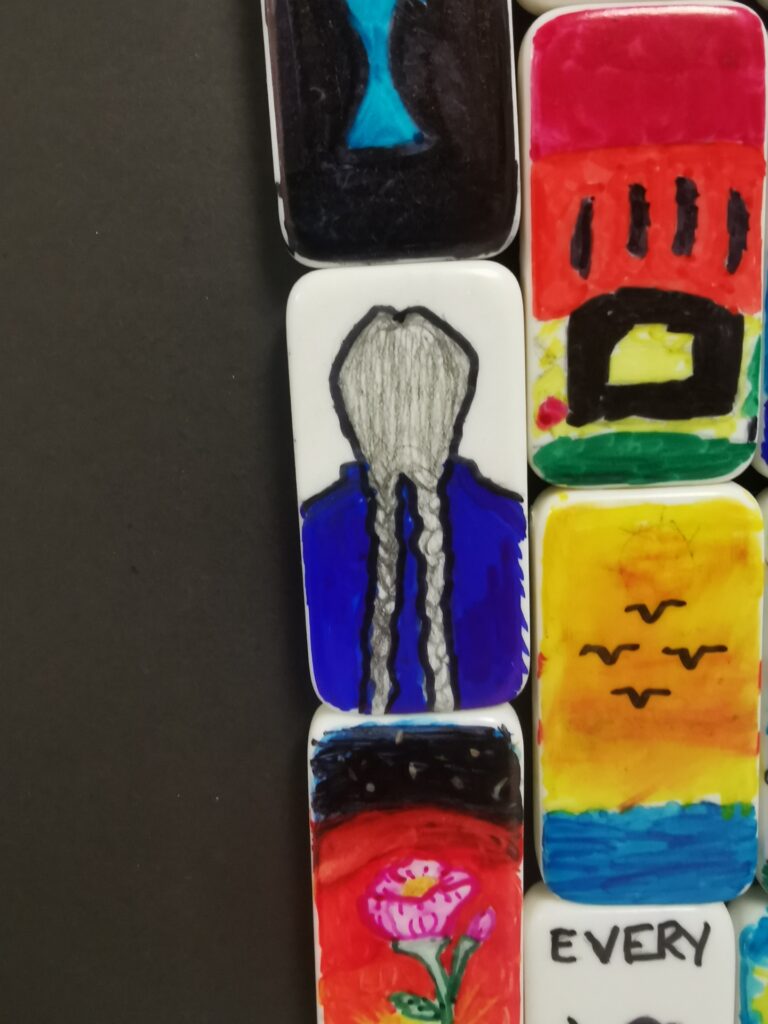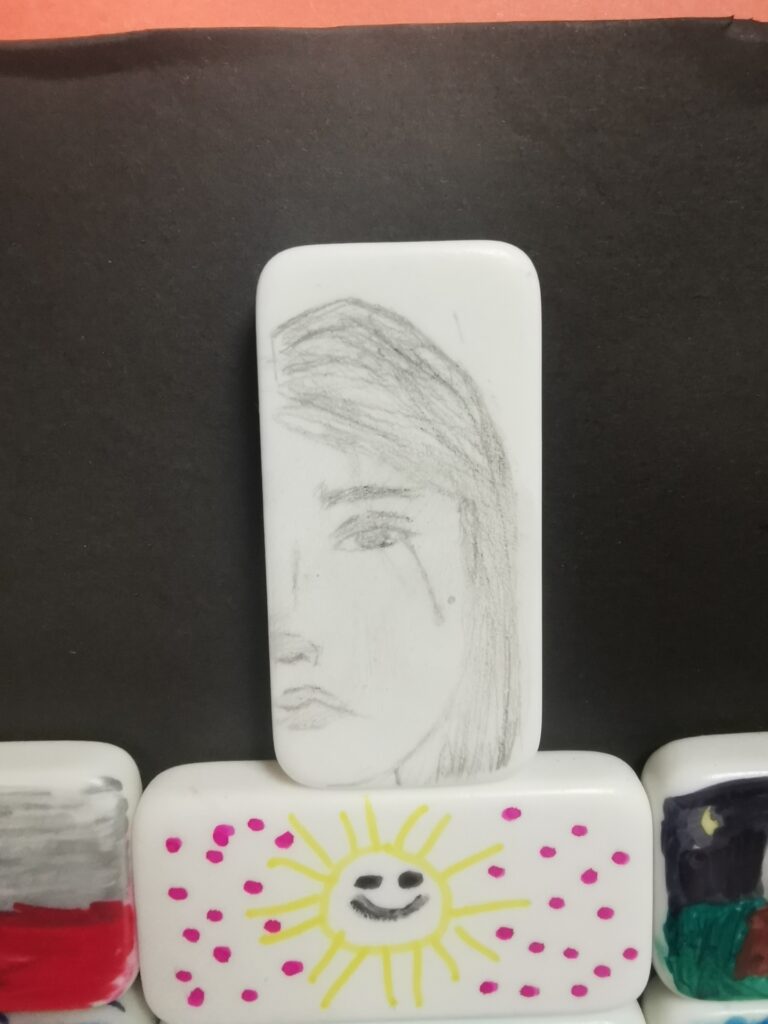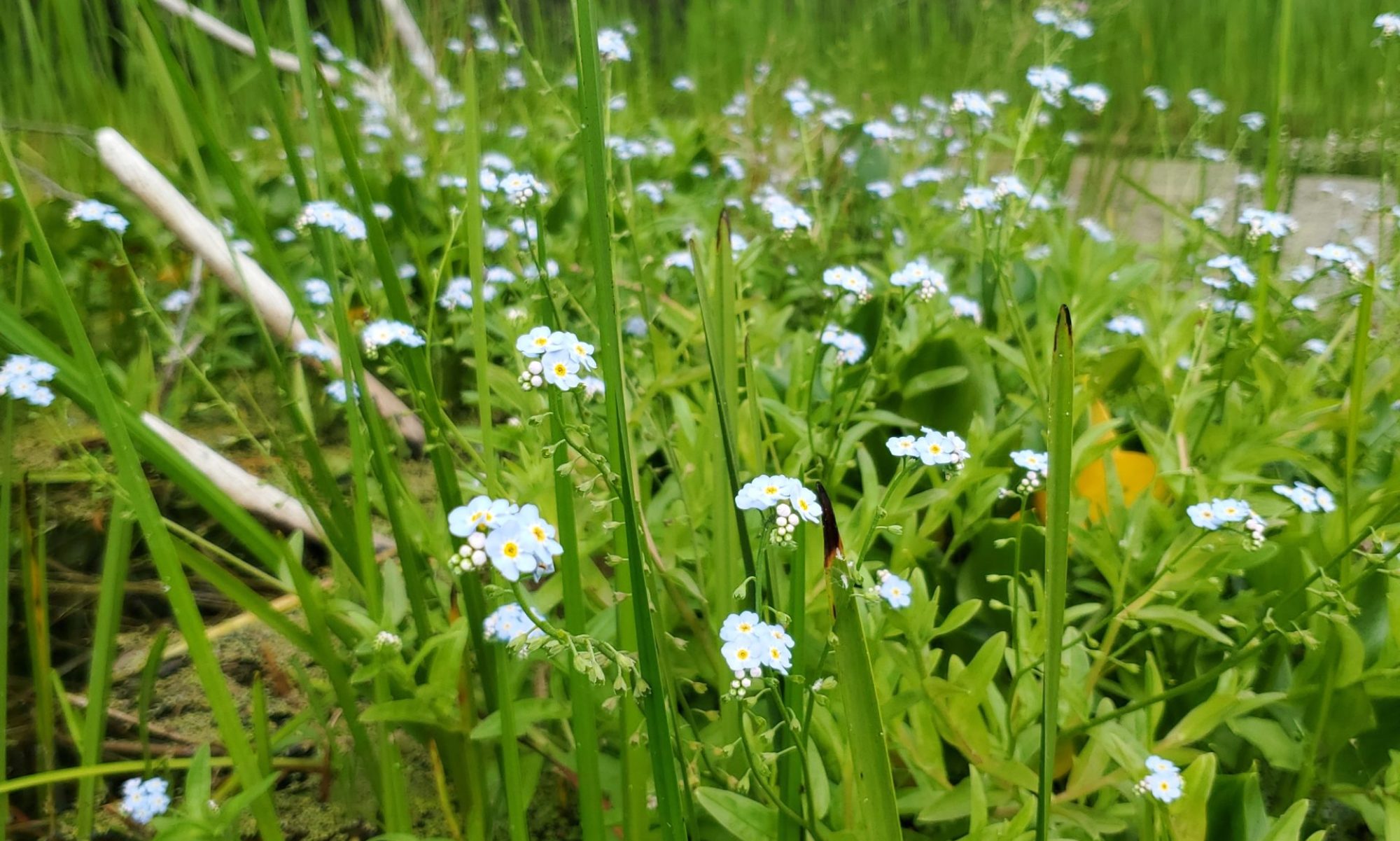Educators respect and value the history of First Nations, Inuit and Metis in Canada and the impact of the past on present and the future. Educators contribute towards truth, reconciliation and healing. Educators foster a deeper understanding of ways of knowing and being, histories, and cultures of First Nations, Inuit and Metis.
At this point in writing this entry I have completed 3 practica and have, at most, taught an entire day without help or a break from my Coaching Teacher. I am feeling confident, assured, and proud of myself for how I have grown and what I have accomplished.
I do not, however, feel as though I have done Standard 9 the justice it deserves.
In light of the 215 children found buried beneath the earth on the land of the former Kamloops residential school, I am struck with grief because I am an educator as well as guilt from my colonizer bloodline. My maternal side of my family immigrated from England to Canada in the early 1960’s and immediately felt as though they had moved from a country where they had little or were unknown members of society, to a place where they felt superior and as though this was their land, just as many colonizers had done before. This thought process and feeling of superiority is so deeply rooted in the mindset that the Eurocentric view is the only “right” way of living and it is the same mindset that created residential schools, ultimately leading to the death of nearly an entire generation of children. And for those who survived, their familial ties cut, their native form of communication lost, and their culture stripped.
So, as an educator, a colonizer by association, and a fierce ally for our Indigenous brothers and sisters, I struggle to feel as though I have accomplished Standard 9 because I have difficulties believing that I have ever done enough. Enough to make my Indigenous students feel seen, enough to try to piece culture back into their lives, enough to normalize Indigenous traditions so that they other students no longer see it as “weird” or “unusual”. My aim is not for the “re-integration” of Indigenous culture back into our society, but for retribution for what had been stolen from them.
At my most recent practicum I found myself always trying to incorporate Indigenous or Aboriginal education into my lessons, but almost always faltered because I would become disheartened at the idea that my implementation would not have an impact on the students. But then one day, a resource teacher in the school came and asked if she could teach the class a quick 1 hour art lesson to include in a project she had been working on in order to honour and remember the 215 children. I took this as an opportunity to see how an art lesson would impact the students and how much they understood about the situation. Mind you, this class was grade 6/7, predominately of European decent, in a rural part of town, so I was not sure what to expect.
What I saw from the students as the activity was explained to them blew me away. They were kind, respectful, intensely inquisitive (to the point that the resource teacher felt as though they were maybe not mature enough to handle the real details of what happened to the students), and motivated to engage fully with the lesson.
The lesson that the resource teacher had the students participate in was a sort of collage, but each picture or piece that the students worked on was actually drawn with Sharpie on the back of a domino. Each picture was small, could be horizontal or vertical, and when glued together on a large sheet of poster paper displayed an amazing and heartbreaking scene of so many different impacts, views, and elements of Indigenous culture and mourning for the loss of the children.
As I circulated the classroom to see how the students were doing, checking out their ideas and helping them grab materials, I came across one student in particular who is normally very chatty. She was looking off into the distance with a thoughtful expression and a blank domino in front of her. I asked if she needed help with her domino and she told me that this was her fourth one, but that three was not enough and she was having a difficult time deciding on what to draw on the fourth. Little does she know but this taught me so much about Standard 9 because she got the opportunity to do something for her classroom community and instead of questioning if it would be enough, she took the time to run with it and simply do as much as she could. So, I sat with her and explained the importance of braids, what they symbolize and how they were taken from the children in residential schools, suggesting that this could be an idea for her next piece. She quickly shooed me away and got to work.
What I learned in that moment will follow me into my next practicum and well into my career as an educator, because I can now switch my mindset from doing nothing in fear that it is never enough to doing everything I can when given the opportunity because every little bit counts. The art piece itself also acts as a lesson for me because in a class where students are chatty, mean, emotional, and ready for summer break, they came together for the sake of their own lost brothers and sisters to create a symbol of their understanding and compassion.
There are a couple of takeaways from that short 1 hour art lesson that I feel the need to cherish and work on as my profession continues and my education broadens. The first being that any effort on my behalf is better than no effort, even if I feel as though it is not impactful enough in that moment. The other being that these students are well aware of the terrifying and shameful history of Canada, and not only are they aware but they are curious. While the resource teacher in this case skirted quite a few questions regarding residential schools because she worried about the information being too sensitive for the students, I should have stepped up afterwards and provided the students appropriate and educational resources so that they could broaden their own understanding. One resource in particular that would have worked really well with this class is Parry Art and Design’s YouTube video “EVERY CHILD MATTERS” because while the art and details are not graphic, it still depicts an unfiltered re-telling of the history of residential schools and the effects in today’s survivors through art and speech.



